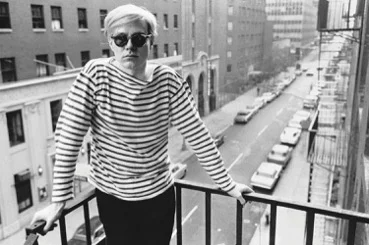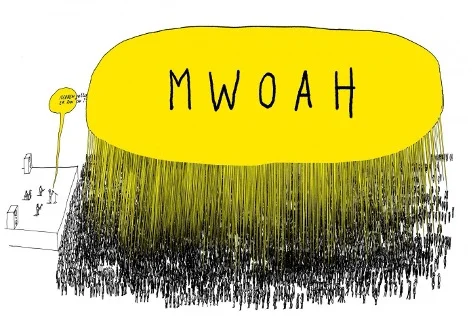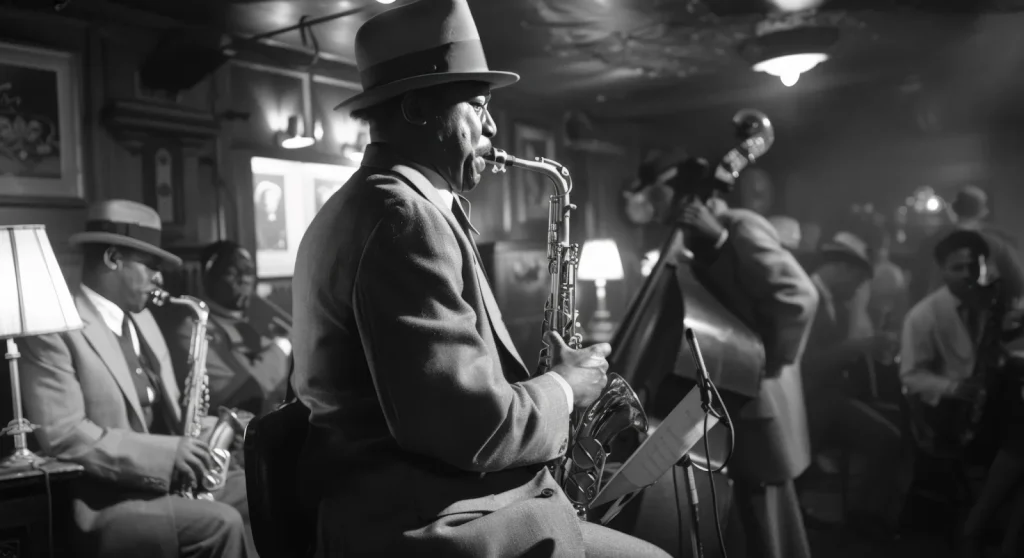“We just need to do something creative.“
More and more often, I hear this phrase. A campaign, an event, an experience. Creativity as a panic button. A way to prove that at least something is happening. It sounds harmless, but it says a lot about the times we live in. Creativity has become the new alibi. Or, as someone recently put it:
“Creatives are the new athletes.”
A way to show movement, even when you don’t know where you’re going. We confuse activity with meaning. As long as it looks lively, it must be right.
But creativity without direction isn’t innovation. It’s noise.


The Romance of the Free Spirit
We still like to believe that creativity is only real if it’s unfiltered and unstructured. As if structure kills the soul. As if the artist remains purer the less they think about direction, marketing or money. In my experience, the opposite is often true.
Good ideas rarely fail due to a lack of inspiration. They die in rooms full of opinions, in endless meetings. In departments and committees that all want to be heard.
Quality doesn’t usually die from too little vision, but from an overdose of nuance. The destructive charm of the consensus model: Everyone happy, no one moved.
Van Gogh and Warhol
Vincent van Gogh worked out of necessity. He painted because he had to and not because someone was watching. Raw, emotional, unmanageable and unsellable. Only after his death did his work gain meaning, Because others placed it in context.
Andy Warhol did the opposite. He understood his era: media, repetition, consumption. His work wasn’t accidental, it was strategic. Where Van Gogh sought meaning in emotion, Warhol found emotion in design. Both aimed for the same thing: To capture something eternal in everyday life.
What connects them is this: Creativity only gains meaning once it finds direction. Whether born from necessity or strategy.

The Reflex to “Just Do Something”
That tension pops up everywhere. Companies, festivals, cities. All want to “do something creative.” Preferably for everyone, because we don’t want to exclude anyone, of course. The moment something feels stale, it must be fresher. Louder. “More of an experience.”
Creativity as a ritual, without direction.
The same calendar reflex every year: Pride Month, Earth Day, International Women’s Day. Suddenly it’s urgent. Often too late. A flag, a filter, a hashtag: done. But that’s often when the message disappears. If your reason for joining is that you don’t want to be left behind. Your message isn’t inclusive, it’s defensive.
We live in a time where meaning is often performed rather than built. Performativity over authenticity. Visible. Shareable. Rarely lasting. The more we try to show we care, the less we actually connect.

Meaning as a Performance
In parts of the Dutch subsidised cultural sector, a similar pattern emerges. Where creativity should be rooted, it often more or less ‘floats’. Not due to a lack of talent, but because the system rewards meaning in language, not in impact or audience. A project gets funding faster if it fits the right buzzwords.
Inside the policy frameworks, it’s safe and everyone is satisfied. Look at the numbers: rising budgets, declining audiences. The language of legitimacy is still there, but the real connection is gone. Meaning becomes a prop. Something you write down, instead of something you build.

The Role of Boundaries
Real creativity needs direction. Not as a limit, but as a foundation. People don’t thrive in boundless freedom, they flourish in a clear context. Psychologist Mihaly Csikszentmihalyi called it flow: the state where challenge and structure reinforce each other. Too much freedom overwhelms, too little suffocates.
Professor Teresa Amabile showed that true creativity emerges when autonomy meets purpose. So freedom isn’t the absence of rules, it’s clarity about direction: You know where you have space and why.
This applies just as much to brands and organisations. A good idea doesn’t guarantee relevance. Without vision, it remains form without function. You can launch a brilliant concept everyone likes. But if no one knows what it stands for, it’s just fleeting theatre.

Creativity as a ‘System of Meaning’
Creativity and strategy are not opposites. They are two approaches to the same reality. Strategy gives direction to energy, creativity gives energy to direction. The best ideas solve something: a tension, a gap, an expectation. They don’t exist to impress, they make visible what was already there. In that interplay lies the real work…
Understanding what you want to achieve and daring to create something for it. That’s where it becomes exciting and fun: where vision, experience, and strategy align. I believe that’s where true impact begins.